Redwood Fencing Lumber
- September 18, 2023
- 0 comment
Redwood fencing lumber stands out as a premium choice among fencing materials due to its impressive combination of beauty, durability, and environmental sustainability. Harvested from sustainably managed redwood forests, this lumber offers an eco-friendly alternative for those who value responsible sourcing. One of the key advantages of redwood is its inherent resistance to rot, decay, and pests, which means your fence is likely to maintain its structural integrity and appearance for years to come. Redwood’s natural oils and tannins contribute to its longevity, requiring minimal maintenance compared to other wood species.
Redwood fencing lumber is prized for its exceptional durability and aesthetic appeal, making it a popular choice for outdoor fencing projects. It is often used to create fences that not only serve functional purposes like privacy and security but also enhance the overall visual appeal of a property. Redwood fencing lumber comes in various grades and finishes, allowing for customization to suit different style preferences and budget considerations.
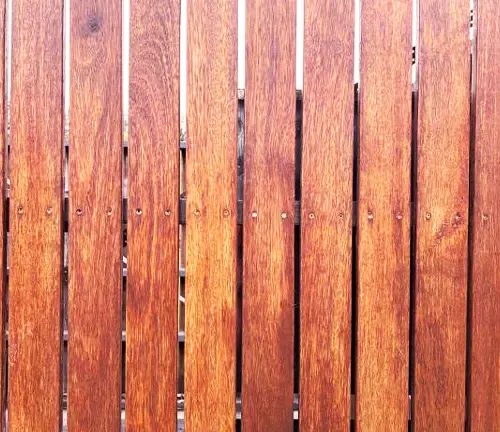
One of the key advantages of using redwood for fencing is its long lifespan and minimal maintenance requirements. Over time, redwood weathers gracefully, developing a silver-gray patina that adds to its charm. Its sustainability, natural beauty, and resistance to decay make it a sought-after material for those looking to build durable and attractive fences that can withstand outdoor elements.
| Specifications | Description |
| Density | 450 kg/m³ |
| Moisture content | 12-15% |
| Hardness | Redwood fencing lumber is a softwood, but it is very hard and durable. It is harder than many other softwoods, such as pine and spruce. |
| Shrinkage | Redwood fencing lumber can shrink and swell over time, especially when exposed to moisture. This is important to be aware of when planning your fence project. |
| Surface Finish | Rough-sawn, smooth, or surfaced on all four sides (S4S). The choice of finish depends on the desired look and the intended use of the lumber. |
| Color | Redwood is known for its natural reddish-brown color, but it can vary in hue from light pink to deep red. Over time, redwood naturally weathers to a silvery-gray patina if left untreated. |
| Tensile Strength | Redwood has good tensile strength, which means it can resist pulling or stretching forces. This property is important for fencing, especially in windy areas or in fences designed to withstand leaning or pressure. |
| Sustainability | Many suppliers of redwood fencing lumber offer products that are certified as sustainably sourced. These certifications, such as FSC (Forest Stewardship Council) or SFI (Sustainable Forestry Initiative), ensure that the wood comes from responsibly managed forests. |
| Availability | Redwood fencing lumber is more readily available in regions where redwood trees grow, primarily along the West Coast of the United States. Availability may vary in other parts of the country or world, and transportation costs can affect pricing. |
| Price | The cost of redwood fencing lumber can vary widely based on factors like grade, dimensions, and location. Clear Heart redwood is typically the most expensive, while lower-grade options are more affordable. |
The Timeless Elegance and Durability of Redwood Fencing Lumber
When it comes to fencing materials, few can rival the timeless elegance and enduring durability of redwood fencing lumber. Sourced from the magnificent redwood trees that grace the West Coast of the United States, redwood lumber has long been cherished for its natural beauty and remarkable resistance to decay. This lumber isn’t just a choice; it’s a statement, an investment in the long-term aesthetics and functionality of your outdoor space.
A Symphony of Natural Beauty
Redwood is renowned for its distinctive reddish-brown hue, fine grain, and captivating visual appeal. Its warm tones and elegant appearance make it a preferred choice for those looking to create fences that seamlessly blend with their natural surroundings. Whether you aim to construct a quaint garden enclosure or a stately perimeter fence for your property, redwood’s inherent charm adds a touch of sophistication to any landscape.
The wood’s journey begins within the towering redwood trees themselves, some of the tallest living organisms on Earth. Their majestic presence is matched only by the quality of lumber they yield. Clear Heart redwood, the crème de la crème of redwood grades, boasts a knot-free, uniform appearance, ideal for premium fencing projects. But redwood offers flexibility too, with grades like Con Heart or B Grade, which present variations in appearance, providing budget-conscious options without sacrificing durability
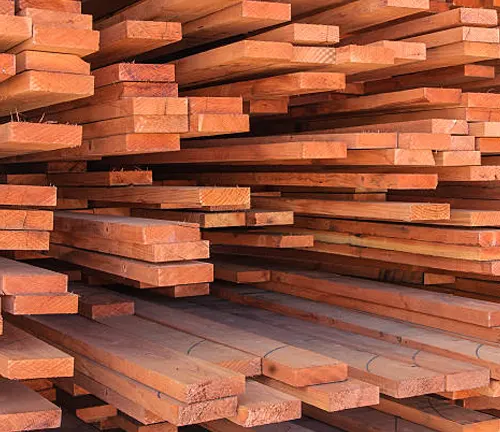

From its rich, natural aesthetics to its remarkable resistance to the elements, redwood has earned its place as a premier choice for fencing projects.
A Promise of Endurance
One of the standout features of redwood fencing lumber is its remarkable durability. Redwood’s natural oils and tannins imbue it with resistance to decay and insects, providing your fence with a robust shield against the elements. Unlike some other wood species that require constant attention and maintenance, redwood offers a relatively hassle-free experience, allowing you to enjoy your fence without the constant worry of repairs and replacements.
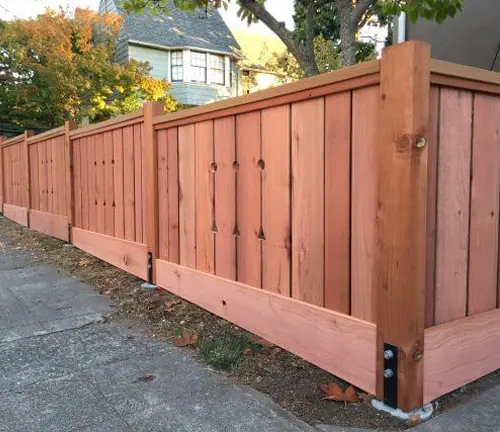
As time passes, redwood matures gracefully, developing a striking silver-gray patina. This natural aging process enhances the wood’s character and, in many cases, is preferred by homeowners seeking a weathered, rustic appearance. However, for those who wish to preserve the original color and maintain a polished look, applying finishes, stains, or sealants is a viable option, allowing you to customize the aesthetics to your liking.
A Sustainable Choice
In an age where sustainability is a priority, redwood shines as an eco-conscious option. Many suppliers offer certified redwood, indicating responsible sourcing and sustainable forestry practices. By choosing redwood, you not only invest in a durable fencing solution but also contribute to the preservation of these majestic trees and the ecosystems they support.
A Versatile Ally
Redwood fencing lumber’s versatility extends to its ease of installation. Its workability is a boon for both professional builders and DIY enthusiasts alike. The wood can be shaped and manipulated with relative ease, ensuring that your fencing project proceeds smoothly and efficiently.
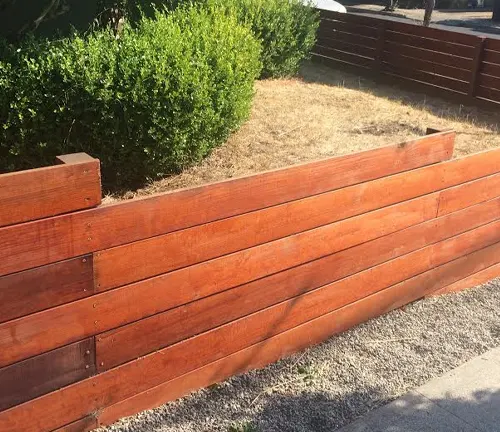
Whether your goal is to provide privacy, establish security, or create a backdrop for vibrant landscaping, redwood fencing lumber is a steadfast ally. Its timeless charm and enduring quality ensure that your investment not only enhances your property’s value but also stands as a testament to your commitment to elegance and sustainability.
Benefits
Using redwood fencing lumber offers a myriad of benefits that make it a preferred choice for homeowners and builders alike. First and foremost, its natural beauty is a standout feature, with its distinctive reddish-brown color and fine grain adding a touch of elegance to any outdoor space. Beyond aesthetics, redwood is renowned for its exceptional durability. Its natural resistance to decay, insects, and rot ensures that a redwood fence will withstand the test of time with minimal maintenance, providing long-term value and peace of mind. Moreover, redwood’s versatility allows for customization, offering a range of grades and finishes to suit various style preferences and project needs. As an eco-conscious option, redwood is often sourced sustainably, aligning with environmentally responsible practices. Overall, the timeless charm, durability, and sustainability of redwood fencing lumber make it a wise investment for those looking to enhance the functionality and visual appeal of their outdoor environments.
Common Uses
Redwood fencing lumber finds versatile applications in a variety of outdoor projects. One of its most common uses is for constructing residential fences, whether for privacy, security, or purely decorative purposes. Redwood’s natural beauty enhances the aesthetics of these fences, making them a focal point in landscaping. Additionally, redwood is an excellent choice for garden enclosures, creating an elegant and protective barrier around precious plants. Many homeowners also use redwood lumber for constructing gates, pergolas, and trellises, adding structural and visual appeal to their outdoor spaces. With its durability and resistance to decay, redwood is equally well-suited for decks, where it can withstand constant exposure to the elements while retaining its charm. In essence, redwood fencing lumber is a versatile material that elevates the functionality and aesthetics of outdoor projects, making it a popular choice for homeowners and landscapers alike.
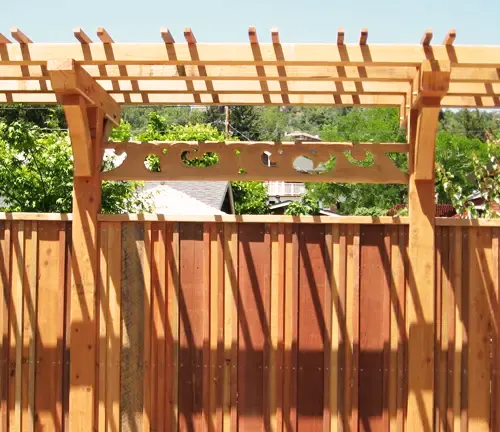
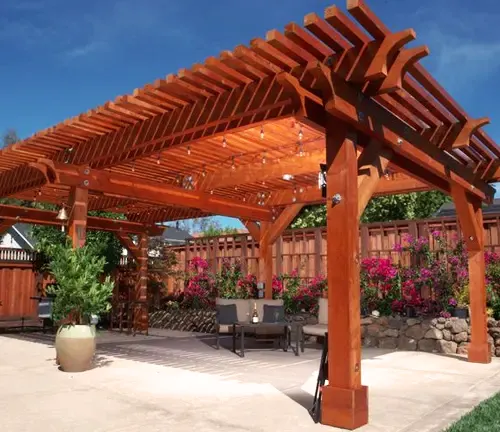
Frequently Asked Questions (FAQs)
- Is redwood fencing lumber suitable for coastal areas with high salt exposure?
Yes, redwood’s natural resistance to decay and insects makes it an excellent choice for coastal regions. Its ability to withstand salt exposure and moisture without compromising durability is a significant advantage in these environments. - Can I stain or paint my redwood fence to change its color?
Yes, you can stain or paint your redwood fence to achieve a different color or preserve its original hue. However, many homeowners choose to leave it untreated to allow the wood to naturally age to a silver-gray patina, which is also visually appealing. - Is redwood fencing lumber harvested from old-growth redwood trees?
Not necessarily. While some redwood lumber comes from old-growth trees, many suppliers now source from sustainably managed forests, ensuring the protection of these ancient giants. Clear Heart redwood, prized for its quality, often comes from second-growth trees. - Does redwood fencing lumber require a lot of maintenance?
Compared to many other wood species, redwood requires minimal maintenance due to its natural resistance to decay and pests. Routine cleaning and occasional sealing are typically sufficient to keep it looking great for years. - Can I use redwood fencing lumber for curved or intricate fence designs?
Yes, redwood’s workability makes it suitable for curved or intricate fence designs. Its ability to be shaped and manipulated with ease allows for creative and custom fence projects without compromising its structural integrity.


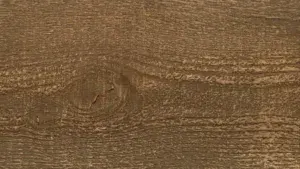
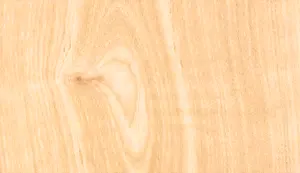

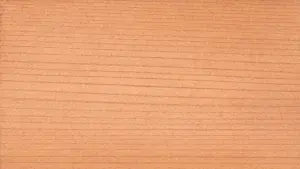

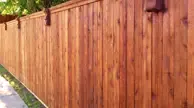
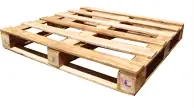
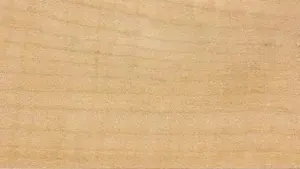


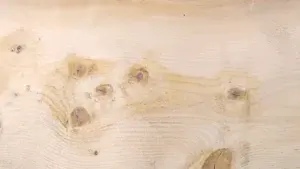

Leave your comment